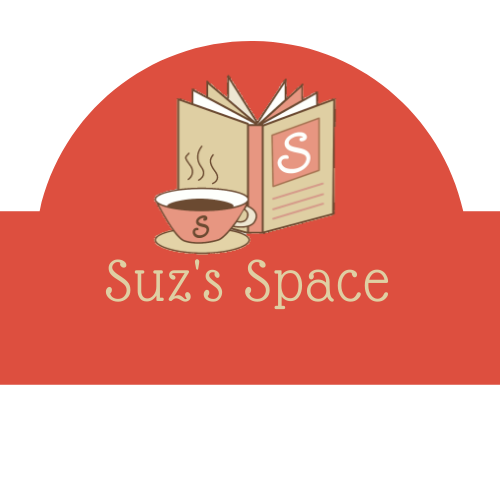I’m still reading the biography of Alan Turing, I may be a couple more weeks. Part of one of my tasks at the moment is to conduct an audit of my blog. I’ve been writing my blog here since April 2009, that’s a lot of writing and just like reading about Alan Turing this will also take some time. I’m currently somewhere in 2010, it’s interesting how far I’ve come as both a writer and commentator in those years. I have so much further to go, and this blog will stand as a testament to that.
But as part of this audit I came across this article I wrote to support Trove. They were looking for Women’s Weekly magazines so I wrote about their search to give them a bit more of a voice. The reason they were looking to fill gaps in their collection was to digitise them. The National Library of Australia (NLA) are trying to make Australia’s magazines and papers available for researchers to look at from the comfort of their computers. In order to do that they need to collect and then digitise them.
Once they’ve done that the next task has been opened to the public. In order to make the images easily searchable the NLA then created an OCR copy of each page. If you run a search of Trove you can click into a page of your choice and see how they have the image on the right and then the transcript on the left.
As you’re aware, running OCR software can produce errors. And that’s where the public comes in. The NLA have given us the ability to amend any errors as we see fit. You can sign up for a free account and make corrections to your heart’s content. Two people in my household have accounts. My account shows that I’ve corrected 390 lines and that I’m number 20,049 of 68,597 Voluntroves. In order to reduce my number I don’t need to do many lines because people tend to start and then life takes over. There are some dedicated people who correct text every day. My Travelling Companion is currently number 220 of 68,597, and a friend on Facebook is number 205. That’s a lot of work! And then there are others who vie for the top ten spots, but I don’t know who they are. I corrected eight lines of the letter I mention in the next paragraph and now I’m number 19,905!
There are a number of advantages to having all this information digitised and available. One of the things you can do is research family. I put my Dad’s name into Trove and I think I’ve found references to my grandfather and his second wife. At the end of both references I’ve looked there is the name of someone I know. I should ring him and ask him to stretch his brain. But when I use the name Dad used for most of his life (when his parents divorced he changed his name back to his mother’s maiden name, and then didn’t speak to his Dad for twenty years, ah families), I find a letter he wrote the editor in 1962! He was so incensed by their appalling journalism he was considering cancelling his subscription. I also find he was admitted to dentistry on the 7th September 1951 along with fifty-two other new dentists. But I want to know why he didn’t attend his graduation.
One thing I love finding is mistranscriptions. Some of the incorrect words are wonderful. My Travelling Companion focuses on the births, deaths and marriages. I’ve been told many times of the phrase ‘dearly loved’ which has become ‘nearly loved’.
Another thing you can use it for is to find salacious details for your writing project. One newspaper account we found had something to do with a murder and a gun. There are so many details I want to find out, maybe I could just write a story and use that for historical detail.
Anyway, for the next few days, Trove is highlighting knitting patterns. They want Voluntroves to come together and fix up knitting patterns. That should be delightfully boring and a challenge for anyone looking for nitpicking.

